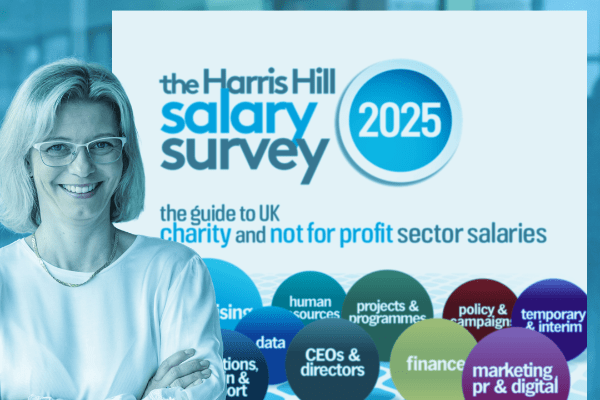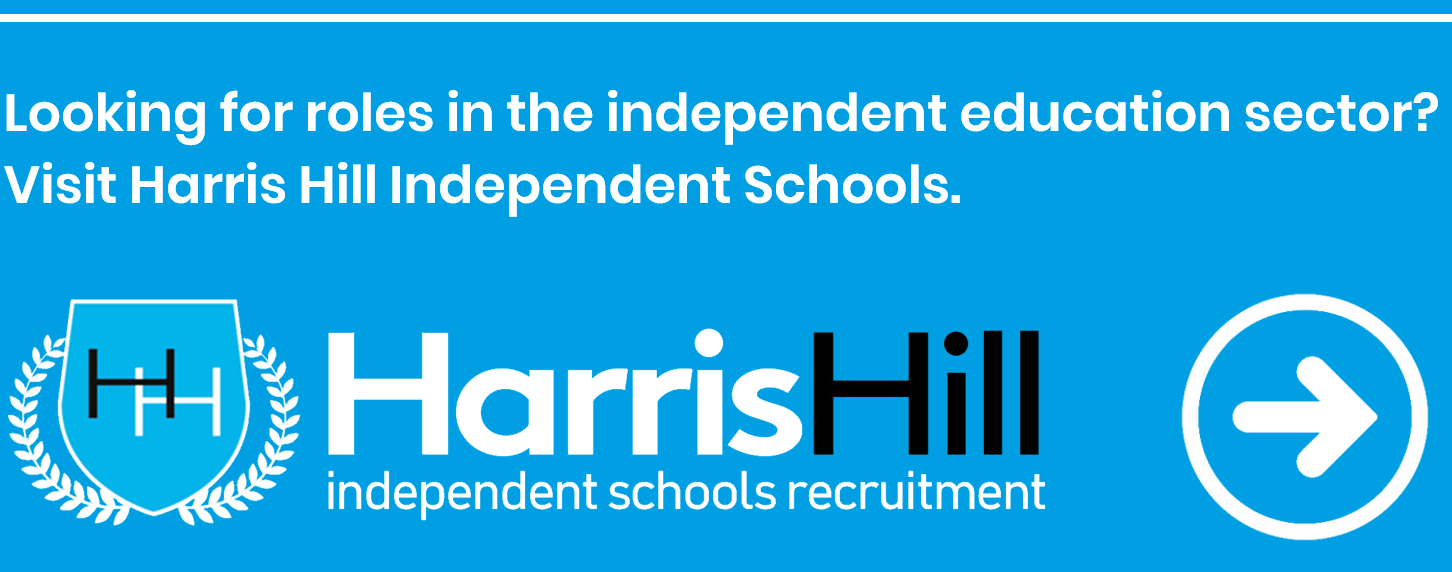If you've tried to recruit recently, you'll know that candidates are getting harder to find than sea turtles, anything your size in the sale, or the point of ITVBe. So what's going on, and what can you do about it? Here's our take on it, adapted from our 2022 Salary Survey.

Given the pandemic saw many charities scaling back their operations, with 43% reporting job cuts by September 2020, and at least 7,400 known redundancies by the end of that year, you might expect to find a plethora of available candidates battling it out for precious few vacancies in the sector right now.
But far from it: jobs on our site have been nudging pre-pandemic numbers for months, yet applications have yet to bounce back to anything like the same extent (NB: great news if you’re job-seeking - apply now while there’s limited competition).

So where is everybody?
One factor is that many of those made redundant or furloughed in 2020 have left the sector altogether. Having had to find new employment, many have embraced their new careers and seem unlikely to return any time soon.
The labour shortage isn't unique to the charity sector, of course. Teachers, truckers, cabin crew, carers: it’s hard to name a group who aren’t currently short on numbers (besides government ministers, who we’ve had more than enough of for years, some would say).
In some of these cases, dare we say it, Brexit appears to be a contributing factor, but for charities? Not so much, according to NCVO’s UK Civil Society Almanac, which shows that after falling slightly in the immediate wake of the 2016 referendum, the proportion of EU nationals in the UK charity workforce has since remained stable, hovering around 4%. However in London the figure is nearer 14%, potentially making any fluctuations more noticeable.

Safety first
A bigger factor is that in the stormy, uncertain conditions created by the pandemic, many who might otherwise have opted to move have been reluctant to rock the boat.
After all, the launch of the furlough scheme had vividly illustrated the danger: only those on the previous month’s payroll were originally eligible for support, throwing a lifeline to established employees, but leaving those who’d just changed jobs to drown (not literally – you’re thinking of immigration policy). While this was remedied some weeks later, many will have concluded in that time (if not already) that staying put was by far the safest option.
Charities have also been seeking stability, judging by the frequency and size of increases offered to retain existing staff. For many organisations, it’s been a better option than having to find replacements, with onboarding having proved a particular challenge while working remotely.

Further factors
We’ve also seen a significant cohort choosing to move out of London, where about 50% of the sector and many of our clients are based.
However most of these individuals have been choosing to stay within the sector, so it’s more a redistribution of the candidate pool than a reduction. This is perhaps the only group who may have seen slight reductions in salary, if they previously received London weighting.
In summary then, the ongoing candidate shortage is partly about numbers, with fewer people in the sector, and partly availability, with a smaller proportion than usual in the market for a move. Both are likely to continue the upward pressure on salaries.

Tackling the problem
When every role requires charity sector experience that no new entrant can gain for that very reason, the only possible result is ever-increasing competition for an ever-diminishing pool of candidates.
Meanwhile outside the sector, the pandemic led many people to re-evaluate their priorities, one result of which is an even bigger-than-usual pool of talented people in the commercial sector who are eager to work for charities.
It's by no means the whole solution, but we're starting to see an increasing number of charities turning this to their advantage, particularly in areas like corporate fundraising, where those on the business side of a partnership are well-placed to vault over the fence to the charity side.
In our experience, where charities are embracing this, not only are they bringing valuable new skills into the sector, but it’s also proving to be a highly effective way of increasing diversity, making it well worth considering as a way forward.

For more on current market trends, together with the latest rates for more than 200 charity roles, check out the full Harris Hill 2022 Salary Survey, give us a call on 020 7820 7300, or get in touch with one of our specialist consultants.
-

Opportunity for all
Find out how we’re working to deliver more diverse, equitable and inclusive recruitment…
-

Recruiting a charity CEO?
Our executive recruitment specialists have an exceptional record of successful CEO, chair, trustee and…
-

Charity sector salaries
Our 2025 Salary Survey has the latest rates and expert insight for roles throughout the sector.













